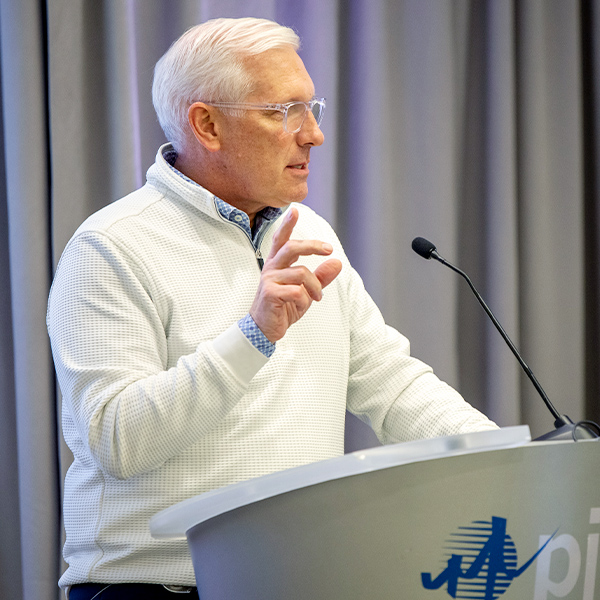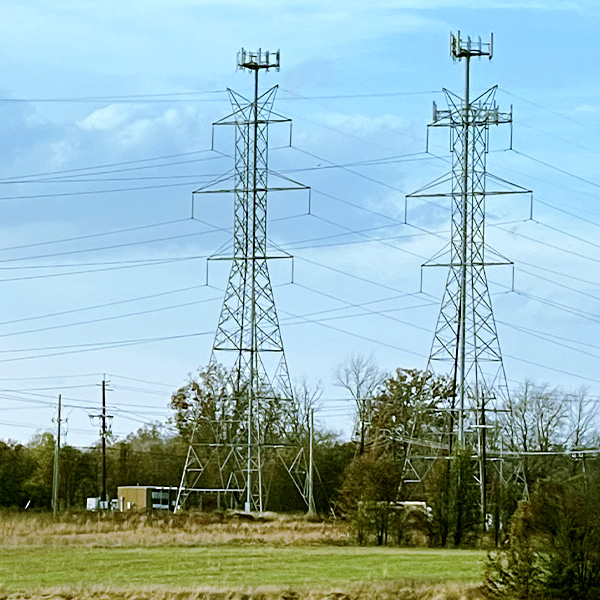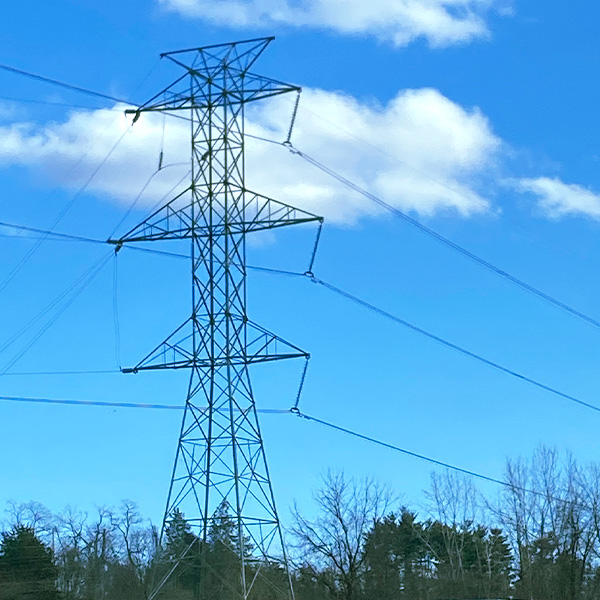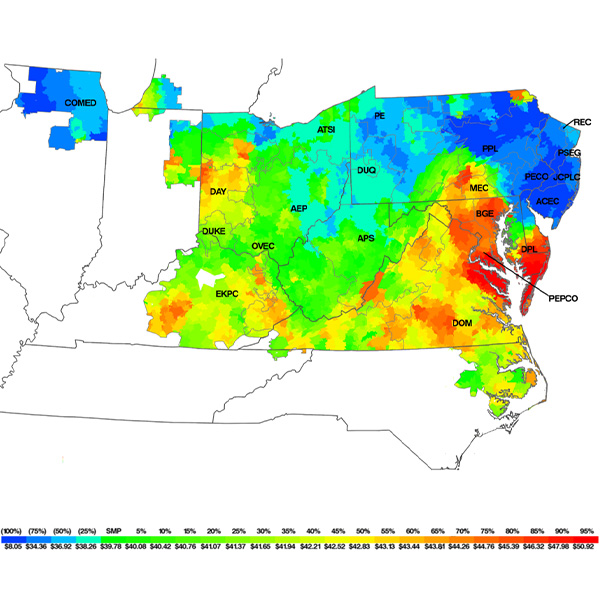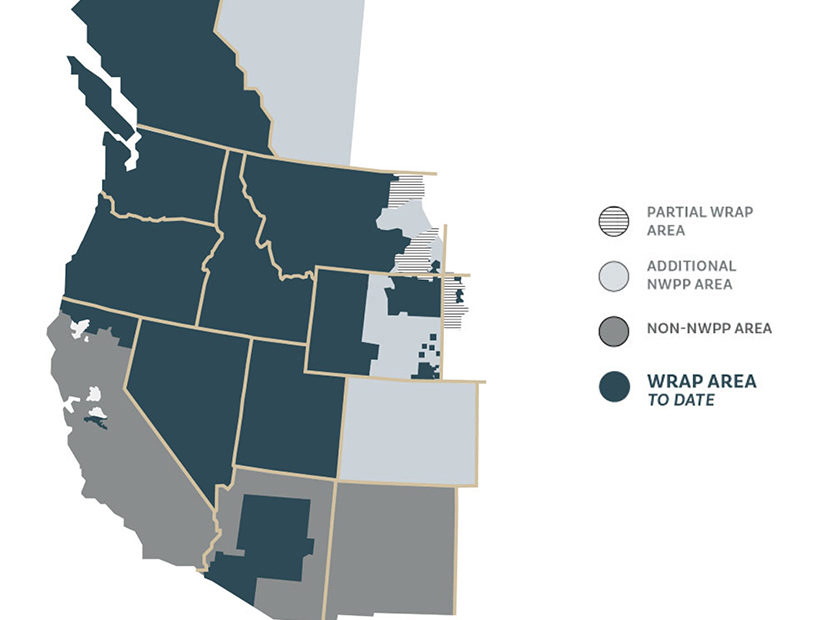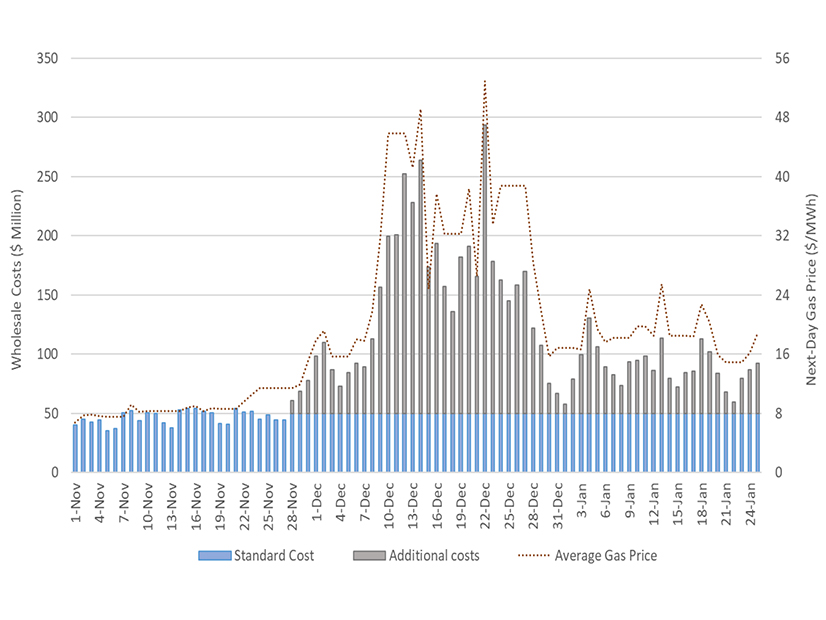Resources
Demand ResponseDistributed Energy Resources (DER)Energy EfficiencyEnergy StorageBattery Electric StorageOther Electric StorageGenerationCoalGeothermalHydrogenHydropowerNatural GasNuclear PowerOffshore WindOnshore WindOperating ReservesRooftop/distributed SolarUtility-scale SolarResource Adequacy

Steven Baltakatei Sandoval, CC BY-SA 4.0, via Wikimedia Commons
The Western EIM tariff changes allow generators to include the costs of GHG compliance associated with Washington’s cap-and-trade program in their energy bids.
PJM and its IMM gave first reads of their proposals exploring whether generators should be permitted to recover upgrade costs for some critical facilities.
FERC ruled that MISO generation owners must now give a year’s advance notice to the grid operator before they can retire or suspend resources.
PJM's MIC deferred a vote on adopting a problem statement and issue charge to discuss combined cycle modeling in the market clearing engine.
NYISO on Monday updated the Operating Committee on January operations performance and how the early-February cold snap event impacted the grid.
NEPOOL's Markets Committee approved changes to the Inventoried Energy Program intended to get the winter reliability program in line with global energy markets.
FERC granted waivers to 8 renewable projects, allowing them more time to have their interconnection studies approved by NYISO before entering the CY23 study.
Attempting to match carbon-free electricity 24/7 with customer load is wasteful, and the premises for it are wrong, says columnist Steve Huntoon.
FERC approved the tariff for the Western Power Pool's Western Resource Adequacy Program, allowing the binding phase of the program to commence in 2025.
Soaring natural gas prices in December and January increased CAISO electricity costs by $4 billion, prompting the governor to ask FERC to investigate.
Want more? Advanced Search


